Maui - Web ICALIA
MAUI & .NET 7
30 November 2022
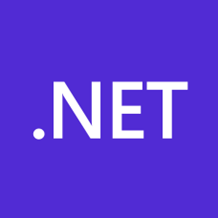
This month .NET 7 has been released, the latest version of .NET development. And the long-awaited moment of having a unified cross-platform development platform has arrived.
Microsoft has been working on unification for a long time. Until now, we had the .Net Framework for Windows systems. On the other hand, .Net Core, which was multiplatform, but for few application models. And finally, Xamarin (or Mono) for mobile.
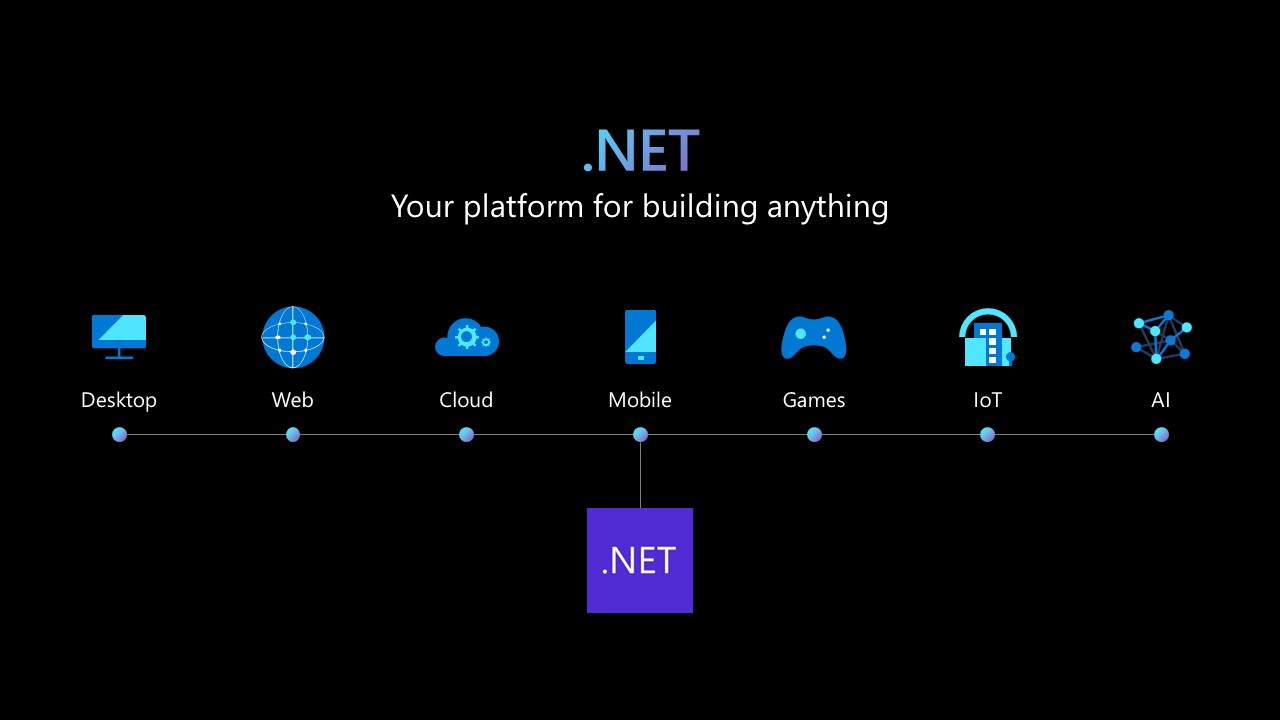
At the end of 2020, .NET 5 came out based on .Net Core as the definitive cross-platform platform, adding all the application models that could be developed on the .Net Framework, but support for developing mobile applications had not yet been added. Now with .NET 7 we have the evolution of Xamarin, MAUI (Multi-platform App UI).
The roadmap can be seen below:
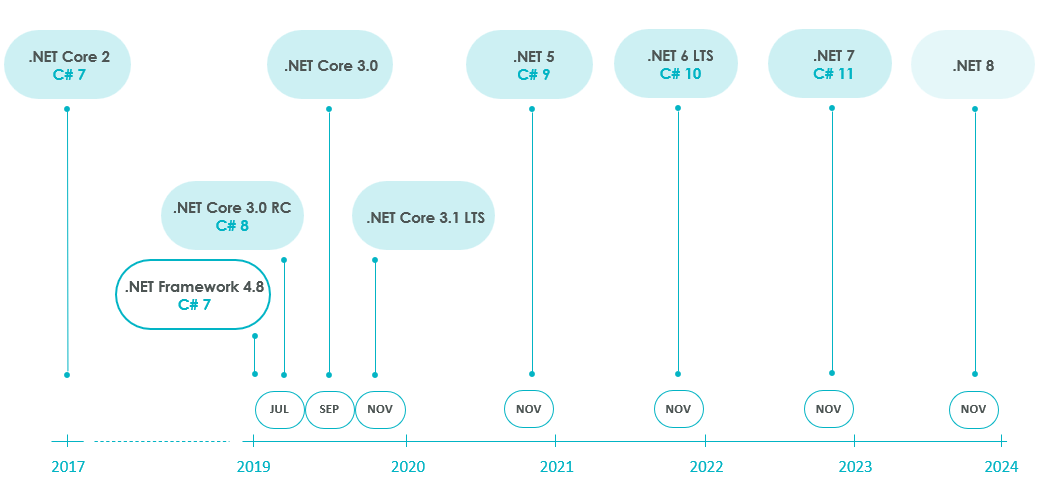
And it is important to remember that Microsoft will supply support for:
.Net Core 3.1 until December 2022
.Net 6 until November 2024
.Net 7 until May 2024
Xamarin until May 2024
Expecting that November 2023, .Net 8 will be released with long support (LTS).
What also supplies .NET 7?
Improvements in the cloud part, integrating HTTP/3
Improve the use of containers in Kubernetes
Strengthens Blazor for app development.
Graphical accessibility improvements for Windows applications.
Latest version 11 of the C# language.
Performance improvements.
and .NET MAUI.
What is .NET MAUI?
.NET MAUI is an acronym for “.NET Multi-platform App UI” and is a cross-platform framework for building native desktop and mobile apps with C# and XAML. Apart from developing for mobiles as we could already do in Xamarin, we can also do it for desktop applications.
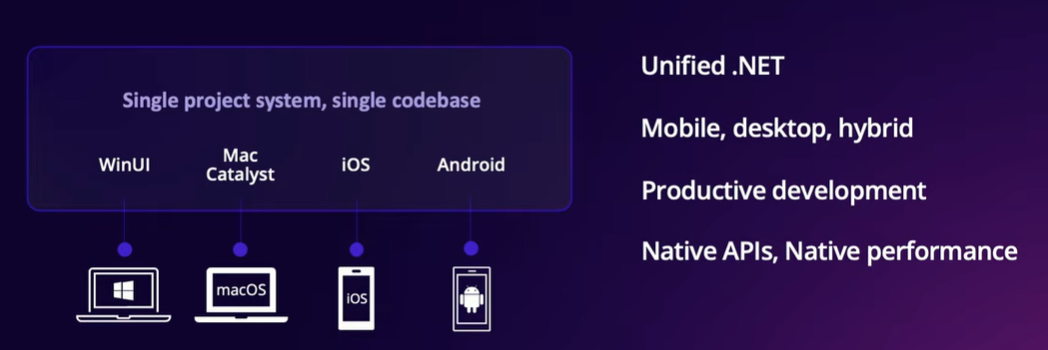
We can build apps with a single cross-platform project for multiple platforms (or different device types) that it compiles into native app packages. So, it is no longer necessary to have a different project for each destination platform.
A single place is needed for all application resources, images, fonts, styles, etc… And it is shared with all platforms. Although there is still the possibility of creating specific code or resources for a specific platform, in a way as simple as placing a subfolder with the name of the platform.
Migrating an application from Xamarin is possible, in addition, Microsoft has invested time and effort in documenting all kinds of help to conduct the process. The main advantage is a significant speed improvement, as you can see in the following image.
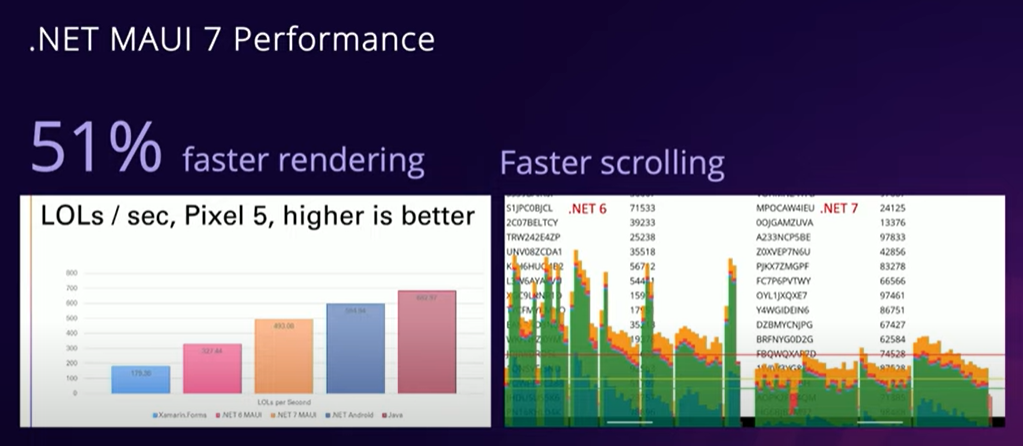
More information and data can be found on the Microsoft blog.
https://devblogs.microsoft.com/dotnet/dotnet-7-performance-improvements-in-dotnet-maui/
Another significant enhancement, especially for developers, is the Hot Reload feature, which allows you to change code and the interface and see the changes applied in near real time. This allows to reduce compilation times, improving productivity and efficiency.
In conclusion, .NET 7 offers many improvements, especially in the area of performance and for developers, in addition to those previously mentioned. It is a suitable time to migrate from Xamarin to .Net MAUI.
Aplications
Tag2
Tag3